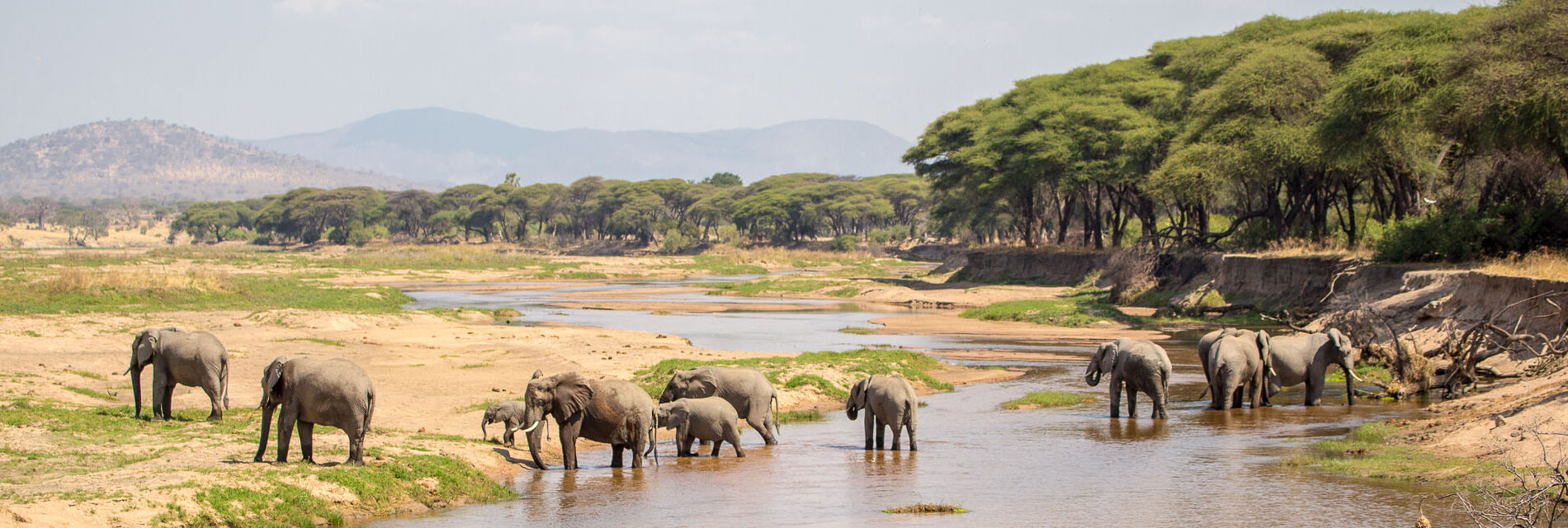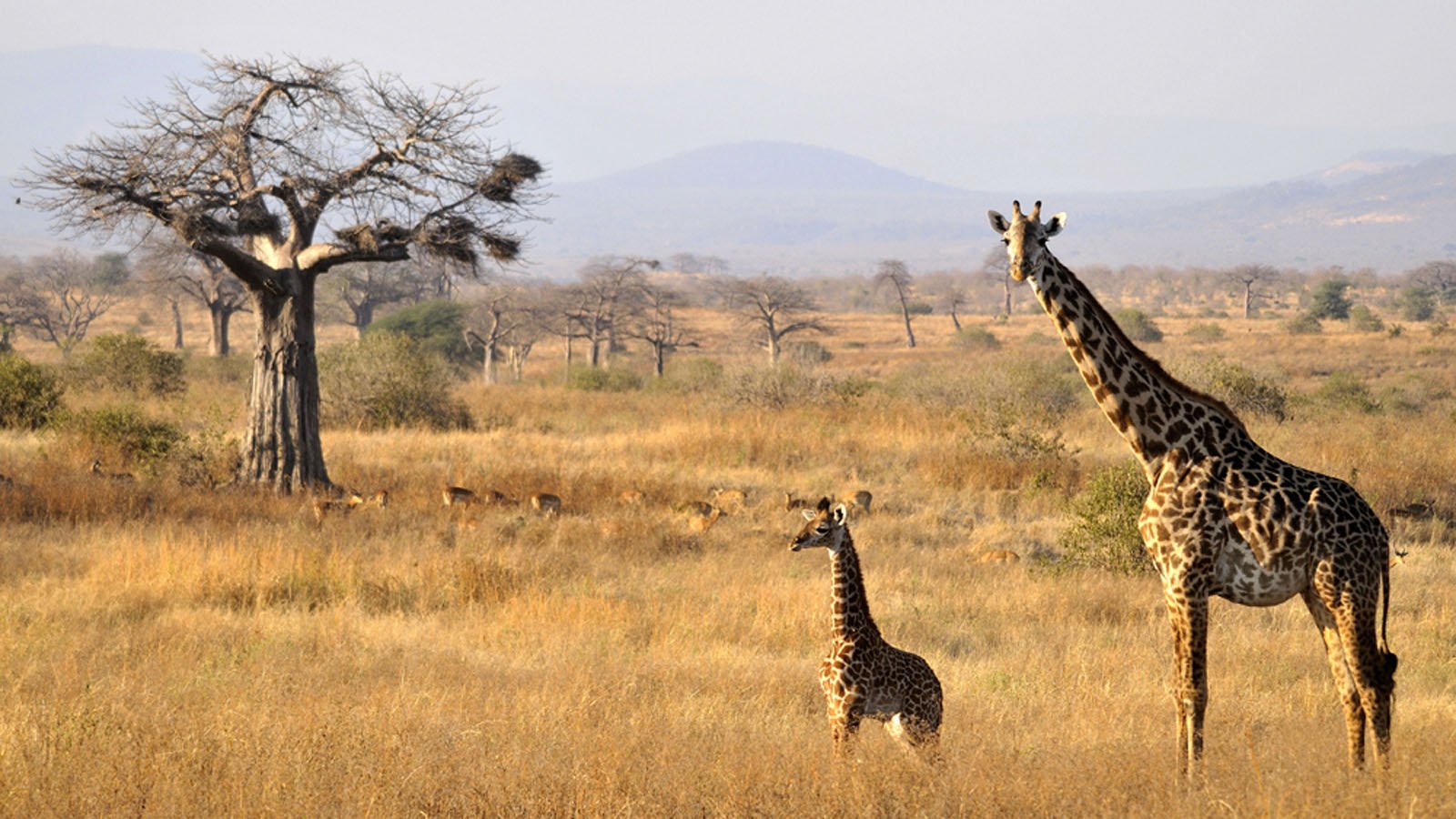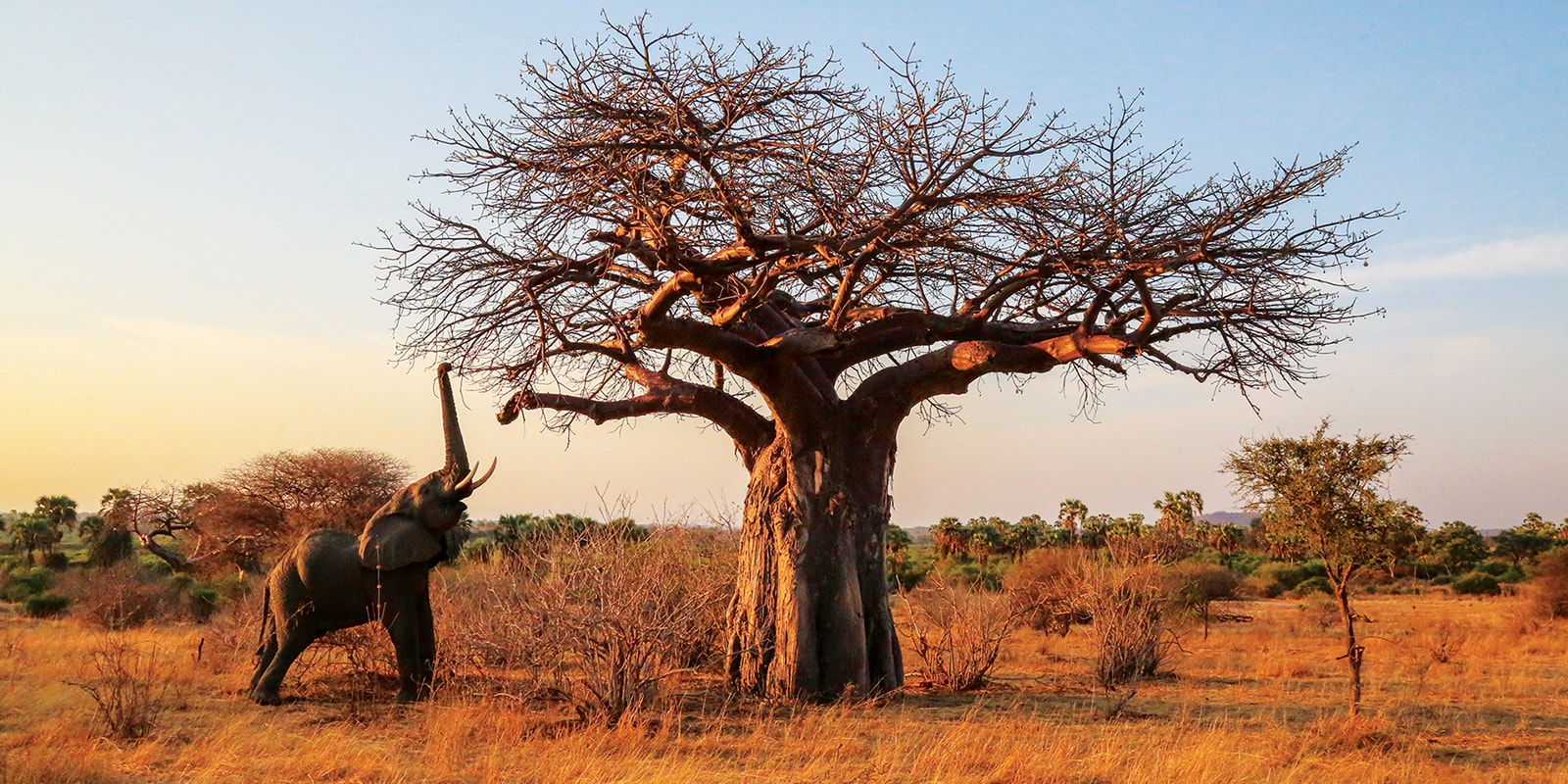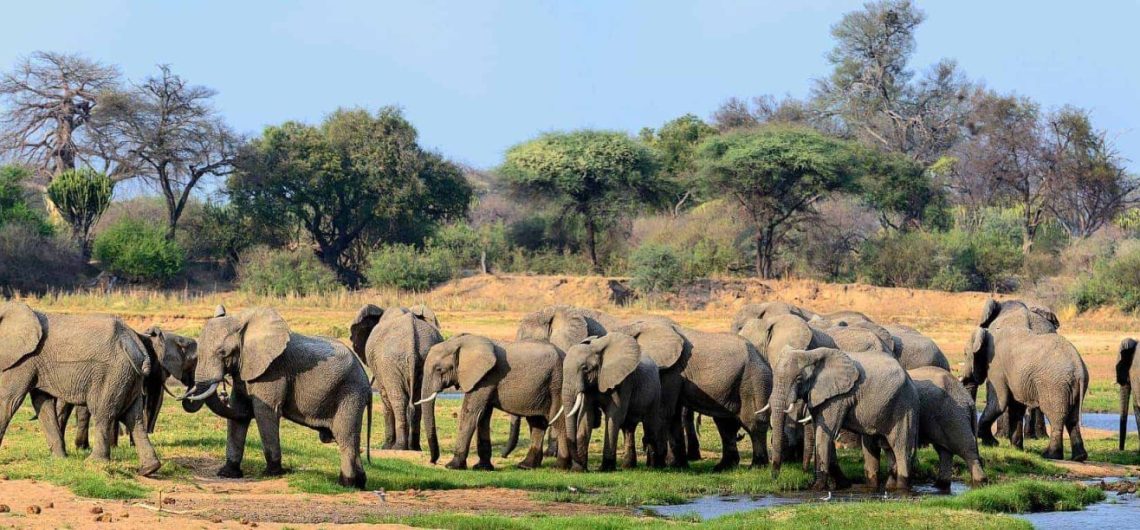Ruaha National Park
Ruaha National Park is Tanzania’s largest national park, covering approximately 20,226 square kilometers (7,809 sq mi) after incorporating the Usangu Game Reserve and vital wetlands in 2008. It also ranks as the largest park in East Africa. Situated 130 kilometers (81 mi) west of Iringa, the park forms part of the expansive 45,000 square kilometers (17,000 sq mi) Rungwa-Kizigo-Muhesi ecosystem. This ecosystem includes game reserves like Rungwa, Kizigo, Muhesi, and the Mbomipa Wildlife Management Area.
The park’s name derives from the Great Ruaha River, a focal point for wildlife viewing along its southeastern edge. Ruaha is accessible by dirt road from Iringa or by air via Msembe and Jongomero airstrips.
Climate
Ruaha experiences a bimodal rainfall pattern, with short rains between November and February and long rains from March to April. Annual rainfall ranges from 500mm to 800mm, while average temperatures hover around 28°C. The dry season (June–October) sees temperatures peak at 35°C in Msembe.
Wildlife and Attractions
Ruaha is renowned for its exceptional biodiversity. It hosts over 571 bird species, including migratory species from Europe, Asia, and Madagascar. Notable birds include the endemic Ruaha red-billed hornbill and species within the Usangu wetlands, recognized as an Important Bird Area (IBA).
The park is a haven for large mammals, including elephants (the highest concentration in East Africa), lions (10% of the world’s population), African wild dogs, leopards, cheetahs, giraffes, and sable antelopes. The dry season (May–December) offers the best opportunities to view predators and large mammals, while the wet season (January–April) is ideal for birdwatching and appreciating the lush landscapes.
Reptiles and amphibians such as crocodiles, snakes, monitor lizards, and frogs thrive in the park’s rivers and wetlands.
Historical and Cultural Significance
Ruaha holds a rich history tied to Chief Mkwawa of the Hehe tribe, who resisted German colonial forces in the late 19th century. Cultural sites, including Ganga la Mafunyo and Nyanywa’s painting rock, reflect the area’s heritage. Nearby historical landmarks include Isimila pillars and Kalenga.
Physical Features
Ruaha’s diverse landscape includes the Great Rift Valley, river systems, natural springs, kopjes, and rolling hills. Key rivers, such as the Great Ruaha, Mzombe, and Jongomero, are lifelines for wildlife and ecosystems. Natural springs like Mkwawa and Makinde provide critical water sources during the dry season.
Ruaha’s dramatic escarpments, undulating hills, and open plains make it one of Tanzania’s most scenic and ecologically significant national parks.



Comments